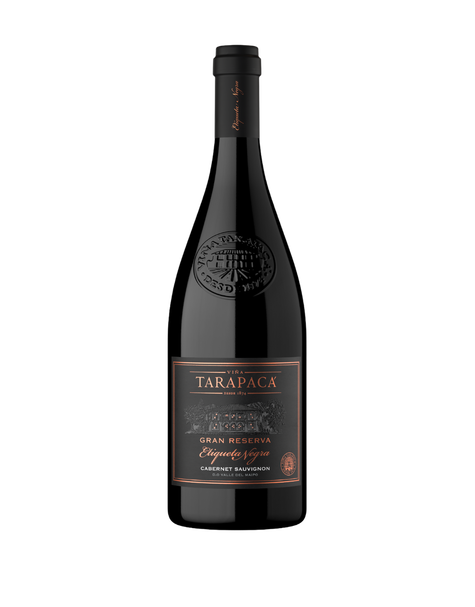
Parce Rum 12-Year Aged
Rum

Parce Rum 12-Year Aged
Rum

Tequila Partida
Tequila

Wyoming Whiskey Double Cask
Whiskey

Flor De Caña
Rum

PATRÓN® Barrel Select Anejo S1B47
Tequila

Telmont Champagne 2017 Réserve De La Terre
Champagne

Cloudy Bay
Portfolio

The Prisoner Wine Co. Sonoma Coast Pinot Noir
Pinot Noir

Susana Balbo
Portfolio

Muga Rioja Torre Muga
Rioja

Celebrity Spirits

Tequila Don Julio 1942 “2025” Illumination Design

Hispanic Heritage Month

Casa Don Ramon

New Releases

PATRÓN® Añejo Single Barrel Gift Set

Krug x Flower Bundle featuring Krug Grand Cuvée 172ème Édition

Gift Cards

Woodford Reserve Double Oaked Bourbon and Compartés Limited Edition Chocolate Collection Bundle

Aviation American Gin with Rolf Aviation Gin Branded Glasses

How Old Forester Ushered in the First Bourbon Boom
Spirits Explained

The Negroni Family Tree
Spirits Explained

Finding Perfectly Tuned Taste with Three Chord Bourbon
Spirits Explained

Elizabeth McCall, Master Distiller at Woodford Reserve
Behind the Brand

Maker's Mark Manhattan
Recipes

This Bundle Contains



| Product Type | Red Wine |
| Varietal | Cabernet Sauvignon |
| ABV | 13.7% |
| Country | Chile |
| Region | Central Valley |
| Sub-region | Maipo Valley |

Expressive, characterful and elegant. The wine has a broad aromatic palette featuring black fruit aromas like blackberries and blackcurrants, along with fresh red fruit and a lot of spices, particularly pepper and nutmeg. This wine has great aromatic complexity.

Juicy and well-balanced with delicious acidity. This is a medium-bodied, well-structured wine with fine, firm tannins. The aftertaste is pleasant and the finish is very long.

Deep, intense ruby color
| Product Type | Red Wine |
| Varietal | Cabernet Sauvignon |
| ABV | 13.7% |
| Country | Chile |
| Region | Central Valley |
| Sub-region | Maipo Valley |

Expressive, characterful and elegant. The wine has a broad aromatic palette featuring black fruit aromas like blackberries and blackcurrants, along with fresh red fruit and a lot of spices, particularly pepper and nutmeg. This wine has great aromatic complexity.

Juicy and well-balanced with delicious acidity. This is a medium-bodied, well-structured wine with fine, firm tannins. The aftertaste is pleasant and the finish is very long.

Deep, intense ruby color
WARNING: Drinking distilled spirits, beer, coolers, wine and other alcoholic beverages may increase cancer risk, and, during pregnancy, can cause birth defects. For more information go to: www.P65Warnings.ca.gov/alcohol


Get ready for the holidays with spirits that bring everyone together.
Get ready for the holidays with spirits that bring everyone together.